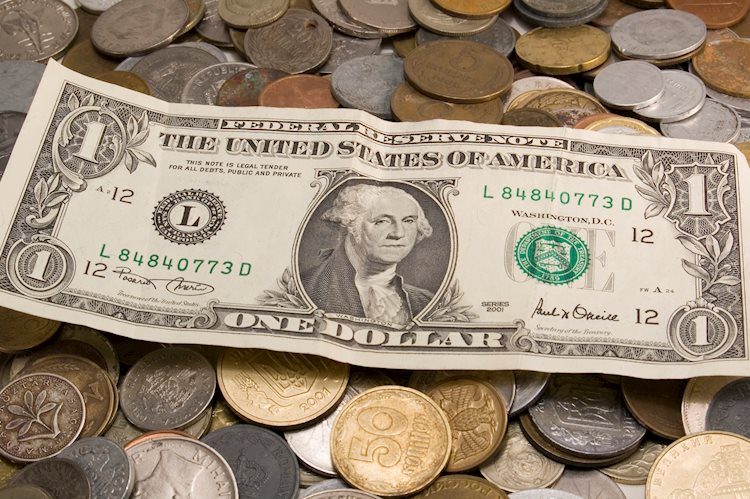- DXY stays immersed into the negative territory.
- Dwindling inflation chatter weighs on the buck.
- Housing Starts contracted 9.5% MoM in April.
The US Dollar Index (DXY), which gauges the greenback vs. a bundle of its main rivals, remains well under pressure in the sub-90.00 region for the time being on Tuesday.
The index exacerbated the downside bias on Tuesday in response to comments from FOMC officials late on Monday, who reiterated once again that high inflation in the next months are to be considered as transitory.
In addition, the absence of upside traction in US yields also collaborates with the downtrend in the dollar, all amidst the persistent improvement in the risk universe.
In the US data space, Housing Starts contracted at a monthly 9.5% in April (1.569M units), while Building Permits expanded just 0.3% inter-month (1.76 M units). Later in the session, the API will report on weekly US crude oil supplies.
The index has fully faded the rally seen during March and returns to levels below the psychological 90.00 neighbourhood despite the reluctance of US yields to grind lower. Looking at the broader scenario, the negative stance on the currency seems to prevail among market participants. This view has been exacerbated following April’s Payrolls, hurting at the same time the sentiment surrounding the imminent full re-opening of the US economy, which is in turn sustained by the unabated strength in domestic fundamentals, the solid vaccine rollout and once again the resurgence of the market chatter regarding an anticipated tapering. The latter comes in despite Fed’s efforts to talk down this scenario, at least for the next months.
Key events in the US this week: Building Permits, Housing Starts (Tuesday) – FOMC Minutes (Wednesday) – Initial Claims, Philly Fed Index (Thursday) – Flash Manufacturing PMI, Existing Home Sales (Friday).
Eminent issues on the back boiler: Biden’s plans to support infrastructure and families, worth nearly $4 trillion. US-China trade conflict under the Biden’s administration. Tapering speculation vs. economic recovery. US real interest rates vs. Europe. Could US fiscal stimulus lead to overheating?
Now, the index is losing 0.39% at 89.84 and faces the next support at 89.69 (monthly low May 18) followed by 89.20 (2021 low Jan.6) and then 88.94 (monthly low March 2018). On the other hand, a breakout of 90.90 (weekly high May 11) would open the door to 91.06 (100-day SMA) and finally 91.43 (weekly/monthly high May 5).





